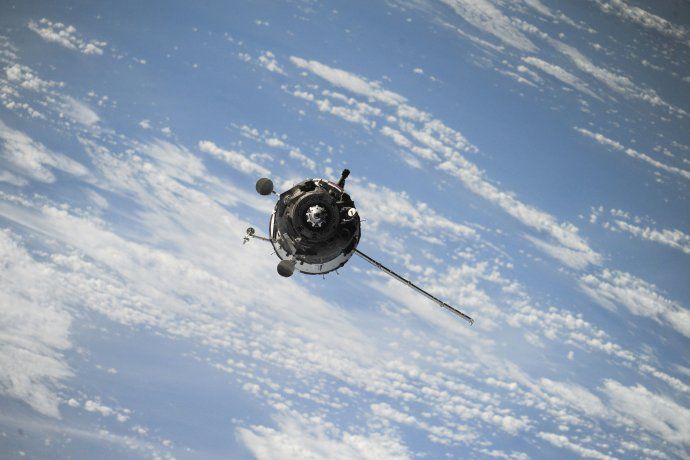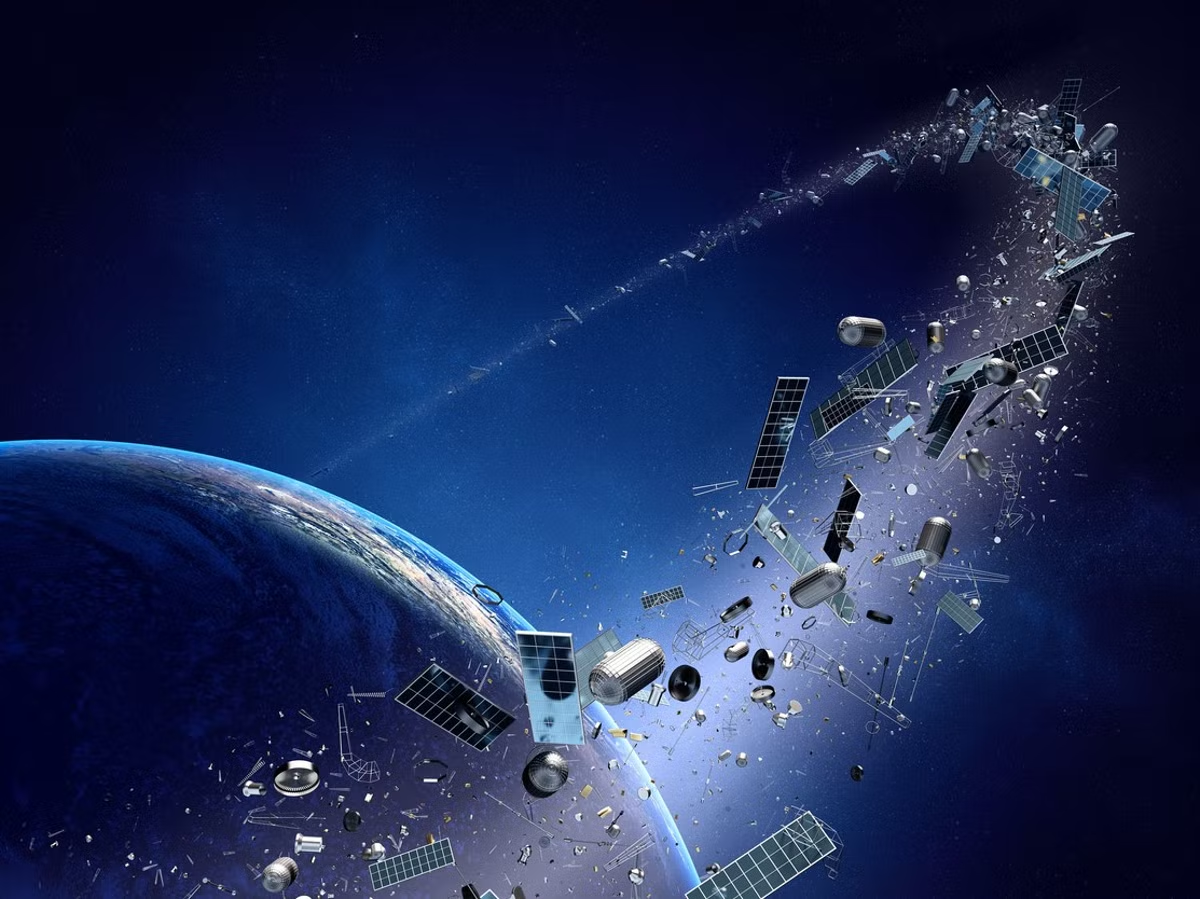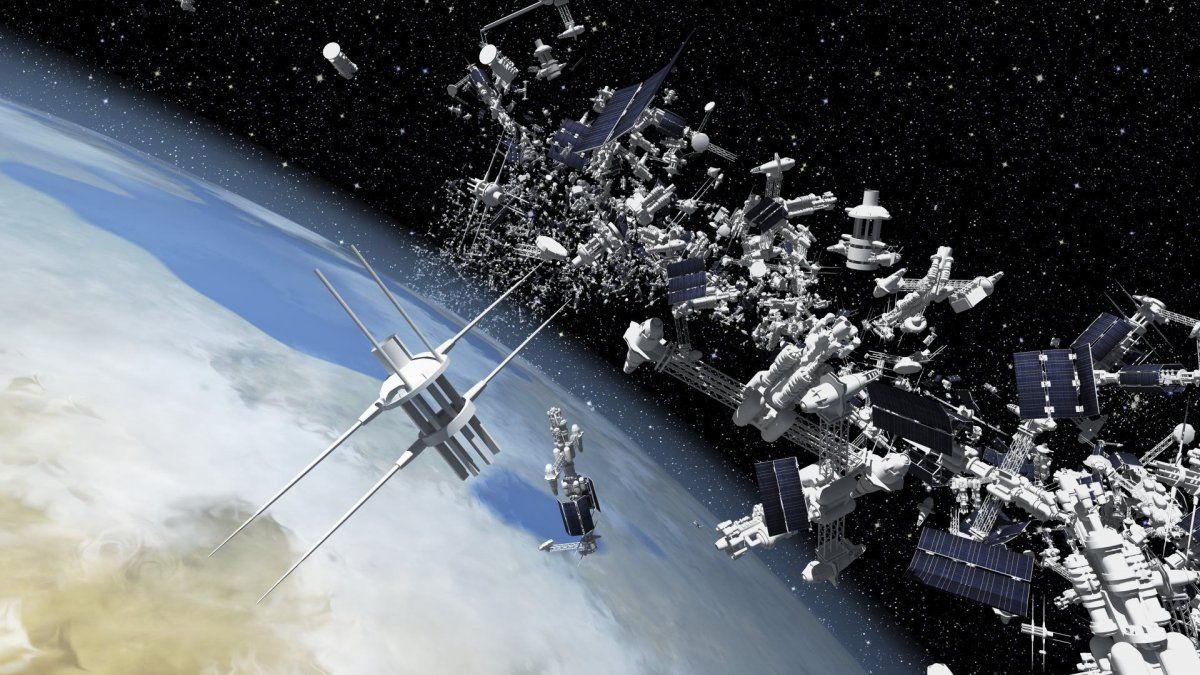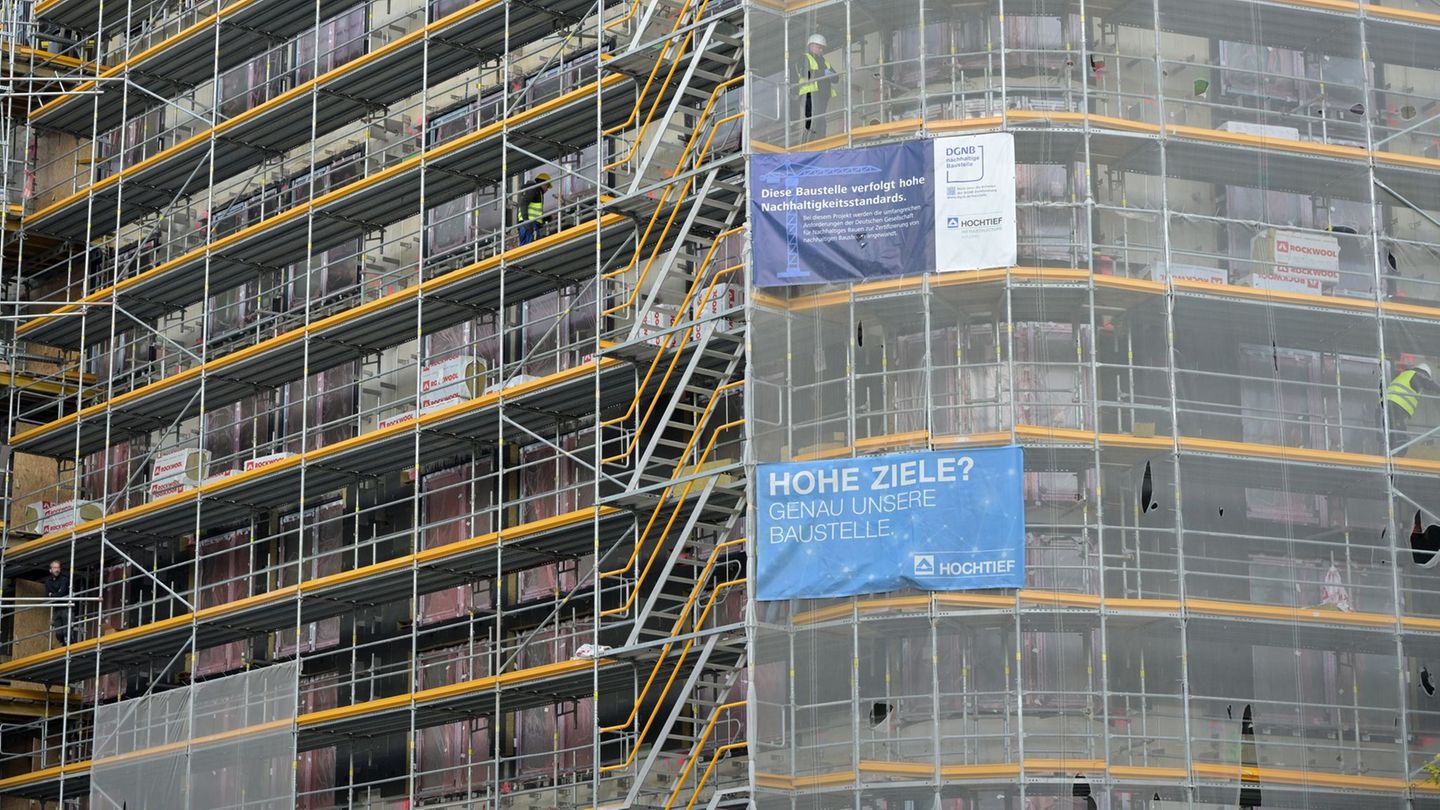The phenomenon describes how the accumulation of space debris could cause collisions in space. This would endanger satellites, space missions and other key infrastructure, affecting technological development and global security.
The growing accumulation of space junk generated by human activities is beginning to be an increasingly real threat. With the advancement of technology and the increase in space missionsobjects launched into space accumulate in the low earth orbitcreating a problem that could have catastrophic consequences for humanity. According to experts, this phenomenon, known as Kessler syndromecould unleash a series of collisions that generate even more garbage, putting at risk satellites, space stations and future missions.
The content you want to access is exclusive to subscribers.
This dangerous domino effect is causing concern among the world’s space agencies. Although we are not yet in a “desperate situation”, experts warn about the need to take urgent measures to prevent Kessler syndrome from becoming a global crisis. The possible effects and causes of this phenomenon are detailed below.


space junk.jpg

Kessler syndrome could trigger a domino effect of collisions in space, generating even more debris.
What is Kessler syndrome?
He Kessler syndrome It is a theory proposed by the scientist Donald J. Kessler in the 1970s, describing the impact of the growing space junk in Earth orbit. According to this theory, the volume of debris in space could be so large that objects in orbit would begin to crash repeatedly each other. These impacts would generate more fragments, resulting in a “domino effect” which would further increase the amount of space junk.
Objects involved in these crashes include active and deactivated satellites, rocket fragments and other structures that orbit the Earth. As waste accumulates, the probability of collisions also increases, creating a continuous cycle of garbage generation that could be difficult to stop.
Space junk satellites.avif

The International Space Station is in danger due to the increasing amount of debris orbiting the Earth.
The consequences for humanity
He Kessler syndrome could have devastating repercussions for the technology and the space infrastructure. The destruction of satellites in orbit would affect the global communicationsthe meteorologythe navigation and the military intelligence. Furthermore, the International Space Station (ISS)which is currently in low orbit, would be in danger due to the impacts of space junk fragments.
Another of the most alarming effects would be the impediment to the launch of new space missions. As the orbit fills with debris, the ships and space probes they might be forced to avoid certain areas of space, making it difficult to exploration and the advance in the knowledge of the universe.
Source: Ambito
I am Pierce Boyd, a driven and ambitious professional working in the news industry. I have been writing for 24 Hours Worlds for over five years, specializing in sports section coverage. During my tenure at the publication, I have built an impressive portfolio of articles that has earned me a reputation as an experienced journalist and content creator.




